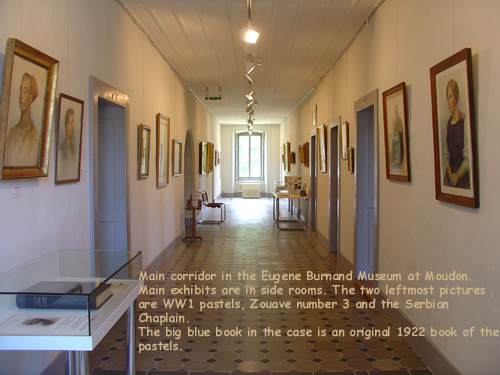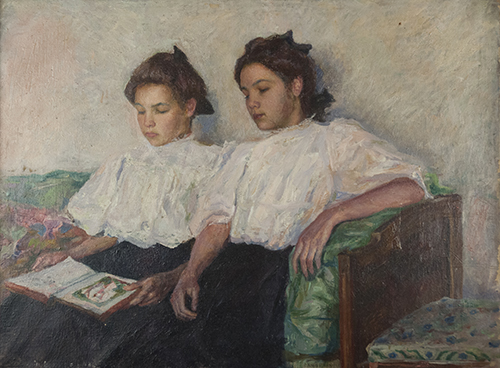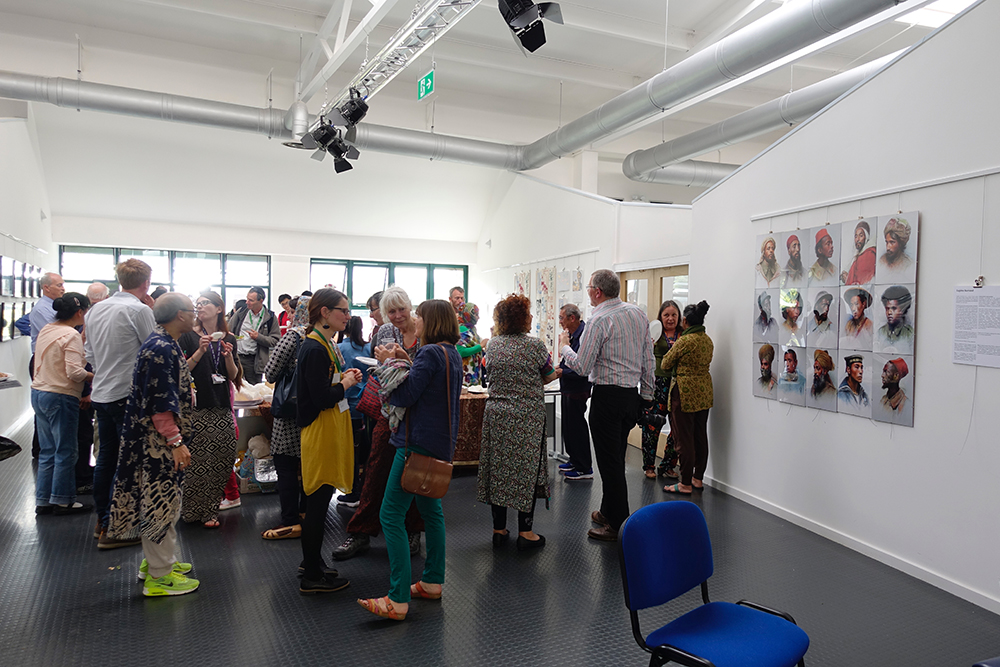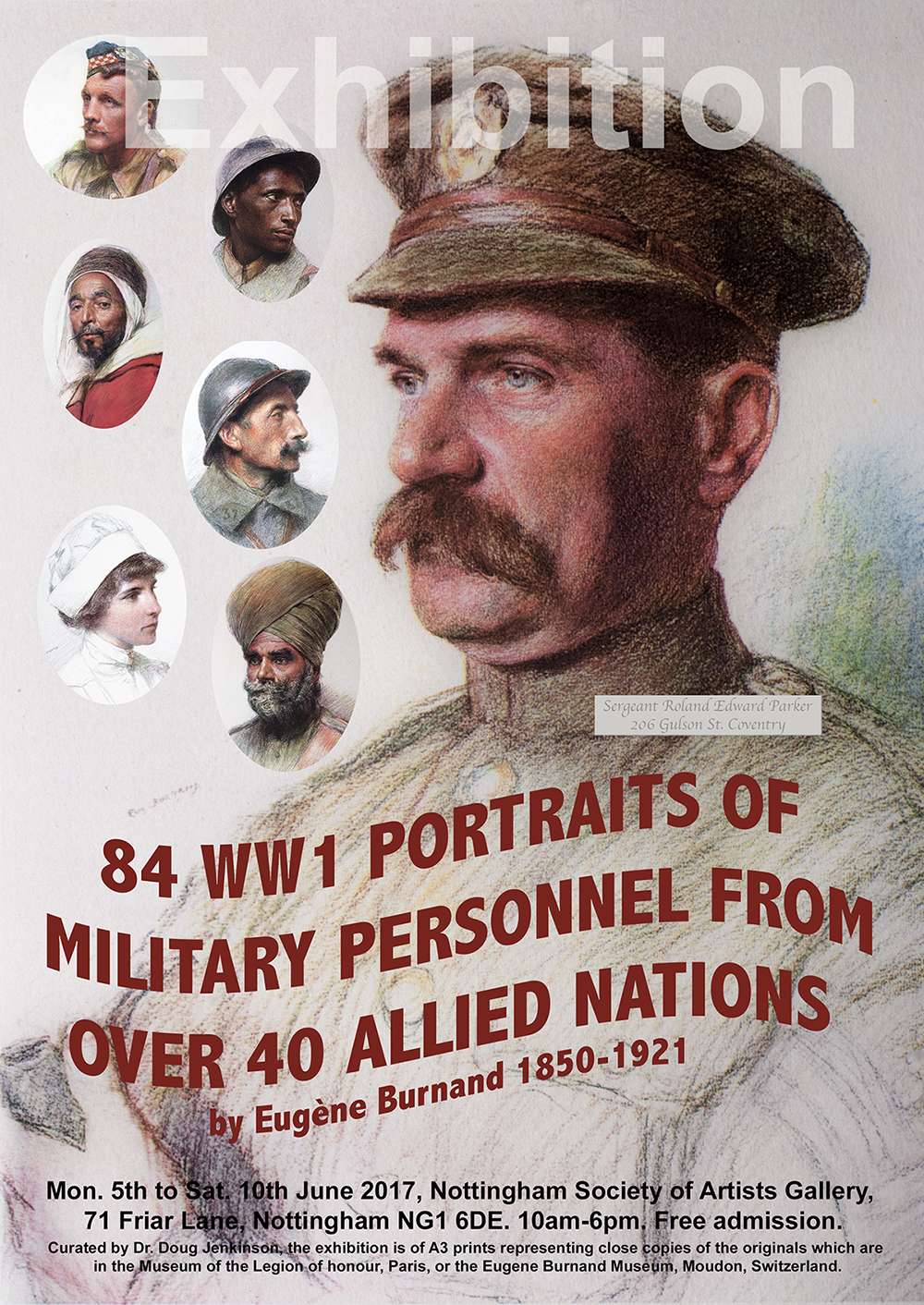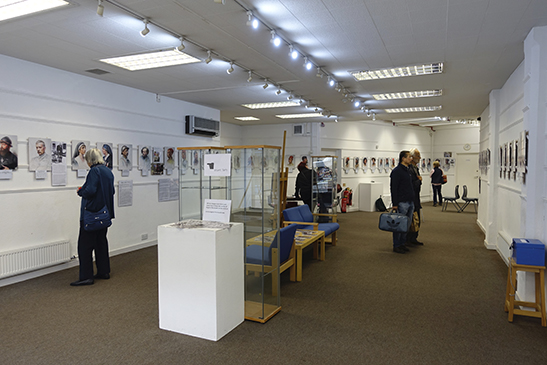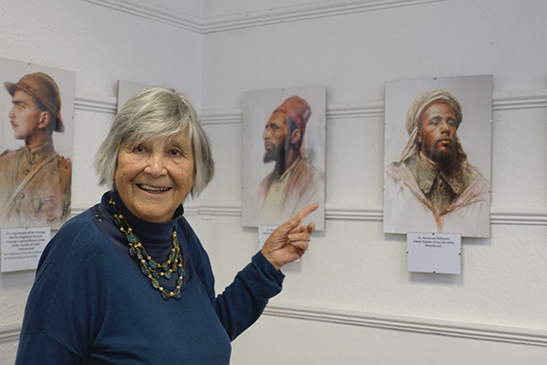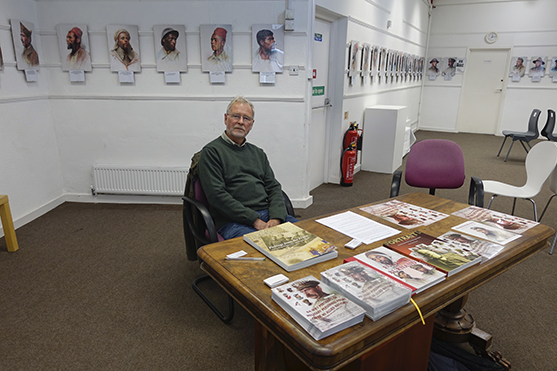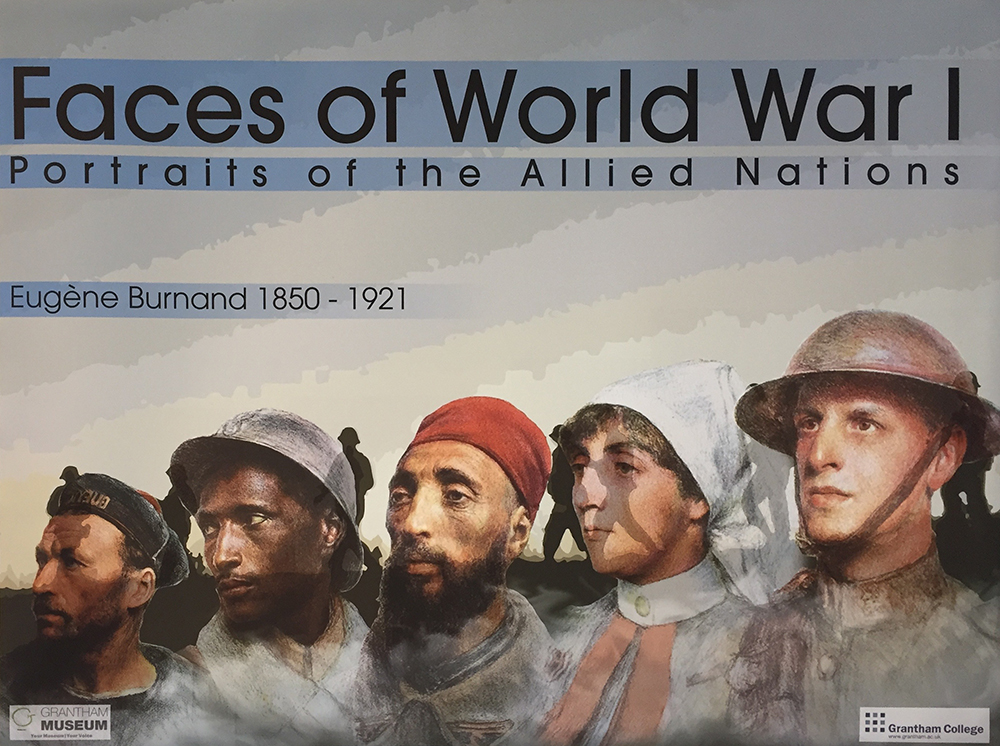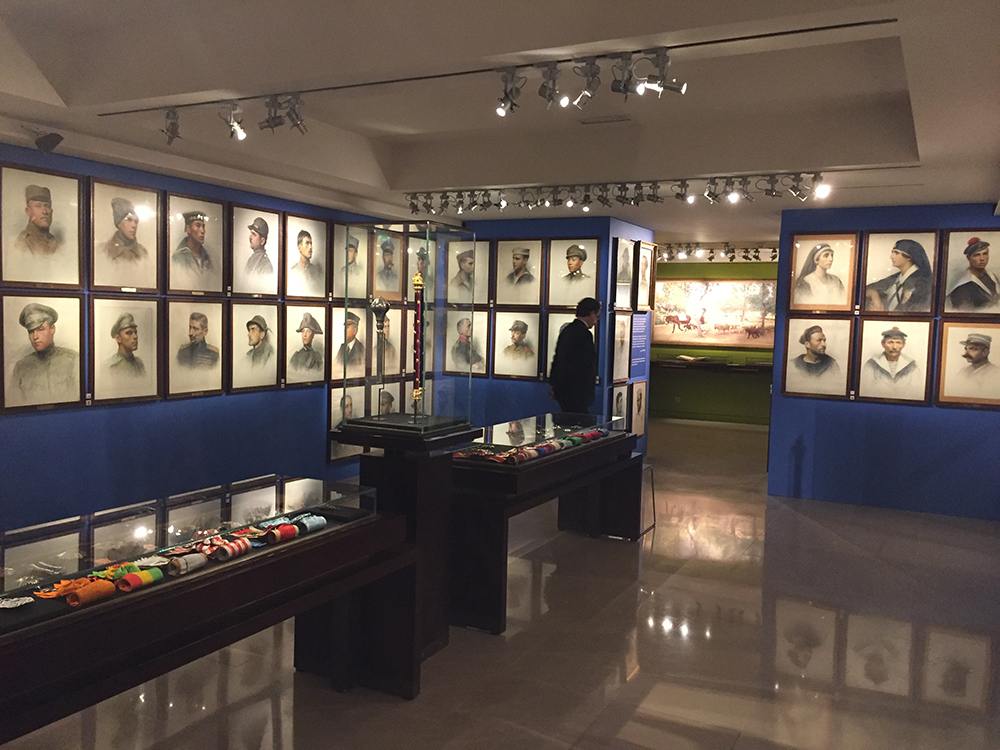Eugène Burnand (1850-1921)
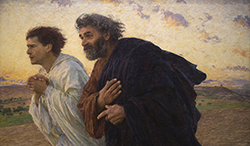
Home page
History of this site
My name is Doug Jenkinson and I am the author of this website. I live in Nottingham, England, and I am a retired family doctor. Just a small number of years ago I learnt that Eugène Burnand was possibly a very distant relative. My maternal grandmother was Ellen Burnand and claimed to be related to Sir Francis Burnand, the famous editor of 'Punch'. He was the best known of the English Burnands, who had originated from Moudon, Vaud, Switzerland in the late seventeen hundreds. The Swiss family gave rise to Eugène, and one of his daughters (Mireille Burnand-Cooper) wrote a book in English in 1951 about her childhood in Moudon. This book came into my possession via a cousin and inspired me to investigate further.
My website about whooping cough
I was able to travel to Switzerland in the summer 2013 and paid several visits to the Eugène Burnand museum at Moudon.
I was overwhelmed by the quality, range and quantity of his work. I was also able to meet Professor Philippe Kaenel (of Lausanne University) at the museum, and through his books about the artist, came to know Burnand's work better. The book of World War One pencil/pastel portraits was shown to me almost as an afterthought by museum staff, but it hit me like a bombshell. How magnificent these portraits were, thrusting out each individual's personality to the viewer, who could not help feeling a closeness, and how curiously was each one matched by the romantic eulogising prose of Robert Burnand, in a style that captured the era as if in a time-warp. And this on the eve of the 1914 centenary commemorations! Fortunately I was able to buy a copy of the original 1922 book from a French antique bookseller.
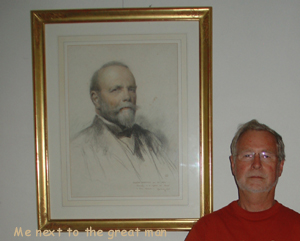
I felt a clear mission to make this artist and his work better known. He did not seem all that well known even in his native country, Switzerland, and similarly in his adopted country, France. He certainly seemed almost completely unknown outside these countries, but one thing was quite clear; their quality and worth were self evident. Promotion of his work should be unnecessary; people would just need to see it.
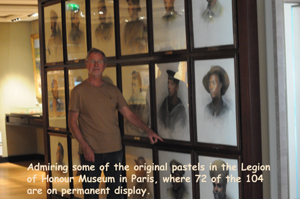
Much time was spent translating Robert Burnand's tricky texts before going 'live' in late 2013. This has been done mostly by myself and my good friend Shirley Darlington. Shirley has provided the translation and writing skill that I have frequently lacked, and the project could not have progressed without her time, effort and supreme critical faculties. Estelle Gully and Penny Perkins have also helped out with translation. We have tried to translate sensitively, yet to avoid some of the jarring language of racial stereotyping that was normal at that time. Eugène Burnand clearly loved his subjects, but the vocabulary, language and understanding of a hundred years ago was very different from now. He revelled in the variety of God's creation and a terrible war had given him a unique opportunity to record it. His aim was to capture their psychology, a dimension that is present in each, and helps to explain their attraction. The presence of the original French texts next to the portraits, allows readers to judge our interpretation for themselves. It is true that the portraits stand on their own perfectly well, but it is my firm belief that Robert Burnand's texts, taken together with Eugène Burnand's pictures, produce a unique combination of visual splendour, poetic resonances, and shades of epic heroism, with a deep and poignant humanity. That is my motivation for this project.
I am very happy to receive criticism of the translation from those who know better. I have no doubt we have missed significant points.
With time I hope to add to the understanding of the texts by adding more links to elucidate historical references, and equally to give more information on the biography of the subjects, whose relatives might discover this site and provide feedback, and I am pleased to say at Christmastime 2014 that this is already happening. The subjects, by virtue of the fact that a large number were drawn after the war ended, were possibly survivors.
March 2014 has seen me add 'Les Paraboles' to his works page, having obtained a 1933 reprint of the 1908 book. I also obtained a German translation with better illustrations, and in August 2014 I found an English version published in 1948!
I returned to the Museum in July 2014 and was able to photograph all the exhibits and many of them have now been added to this site. I have also had the privilage of meeting Jocelyn Campbell, a granddaughter of the artist, and Giles Cooper, a grandson. Their mother was Mireille, one of the girl twins, both of whom married Englishmen and settled in England. Jocelyn had done the illustrations for her mother's book "Swiss Family Burnand" that had introduced me to the family and the artist. I have subsequently met other members of the family and been able to photograph more of his works, the most interesting of which will be added here in due course. I want to include here a beautiful picture of the twins Mireille and Rita Burnand painted by Daniel, one of the boy twins, their brother. Both Daniel and David were artists too, but sadly Daniel died in the 1918 flu epidemic. I have seen other pictures by him and I feel, had he lived, he would have been a great artist like his father.
In February 2015 I was able to visit one of twin Rita's grand-daughters, Roberta, in Australia and photograph two previously unknown pastels.
I have added 30 'The Little Flowers of St Francis' pictures (April 2015).
On learning of the reappearance of "La Fournée dans un village des montagnes" in September 2015 I took a trip to Paris to view it. I was astounded at the size and impact of this picture, and not in his expected style either. The connection with the Statue of Liberty was icing on the cake. So I added what details I could to the site.
Throughout most of this enterprise I have had the advice and help of my friend Shirley Darlington. Shirley has chronicled the progress and become a great admirer of the artist too. The illustrated story and its background has now been published (July 2016). 'Eugene Burnand: In Search of the Swiss Artist (1850-1921)' Link to bookseller.
A book has been written by the City of Botany Bay, Australia, which features among others, Robert Hamilton (pastel 62) who kept an invaluable war diary. More information on his page.
The exhibition of military pastel portraits in Paris is apparently impossible to move. So any exhibition elsewhere is only possible by displaying prints. I believe such an exhibition would be impressive, so I have prepared a set of all the portraits (104) in A3 clip frames ready for exhibition. I would be most interested to hear from anyone who might be interested in displaying them.
30th March 2017. Following interviews with BBC journalist Jane-Francis Kelly who saw some of the pastels at the Whitgift Exhibition she published an article on the BBC website about my search for descendants of the pastel subjects. http://www.bbc.co.uk/news/world-europe-39406141
Hikmat Devon, a charity enabling and supporting minority communities in the county is presenting an exhibition on WW1 for the summer of 2017 and has included 15 Burnand WW1 portraits which of considerable relevance to their theme.
The exhibition of Eugene Burnand's WW1 pastels in June Nottingham in 2017 was very successful. Hundreds attended and the reaction was universally "Wow". Some pictures below.
Jocelyn Campbell, granddaughter of Eugene Burnand.
Me at the information desk.
The portraits were exhibited again at Grantham Museum, Lincolnshire 21st September to 25th November 2017, where they created a great deal of interest.
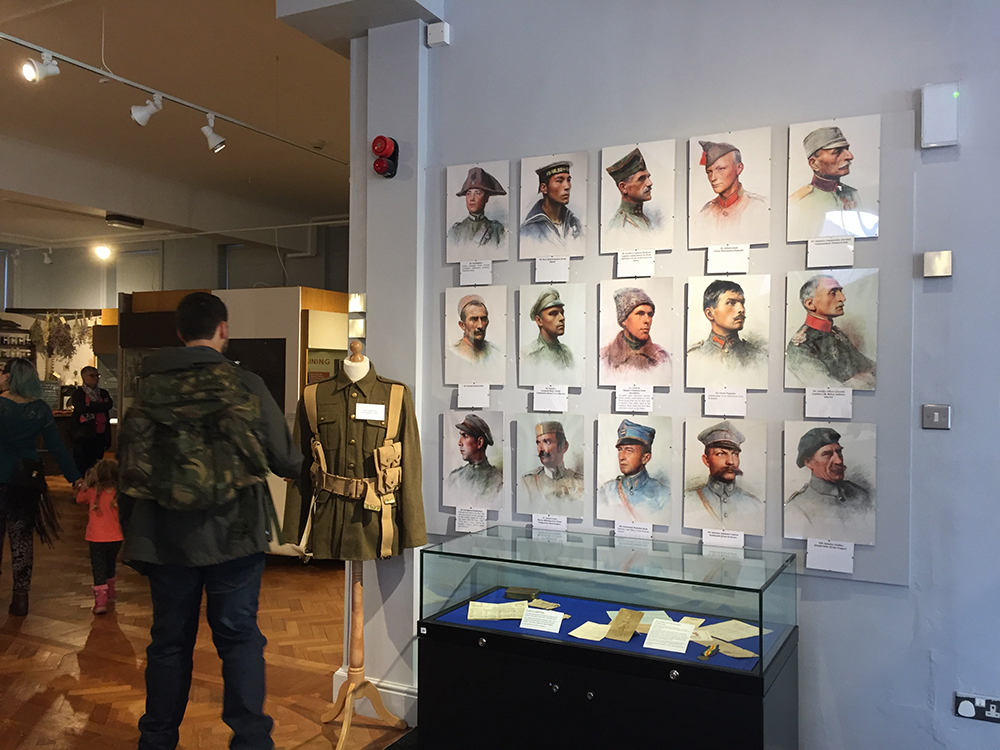
All the portraits were on show at Grantham for three months, along with WW1 memorabilia.
The culmination of efforts to reopen interest in these portraits and to affirm their importance and continuing relevance came in November 2017 when the Legion of Honour Museum in Paris mounted a three month exhibition of the original portraits and some other works by Burnand to illustrate his career. There were also memorabilia illustrating how he was able to achieve his ambition, including diary extracts and special passes that enabled him to enter military establishments. These documents revealed that Marshall Foch had agreed to sit for a portrait but Burnand died before it took place.
Flyer for the highly successful Legion of Honour exhibition in Paris 2017
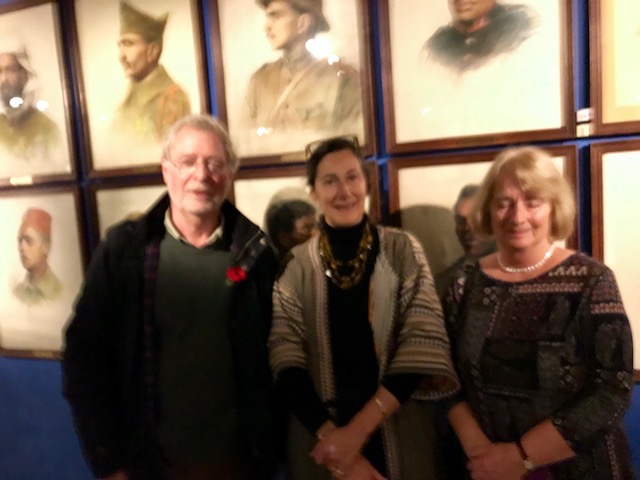
The curator of the Legion of Honour Museum Anne de Chefdebien with Doug Jenkinson and Shirley Darlington on the opening day of the exhibition.
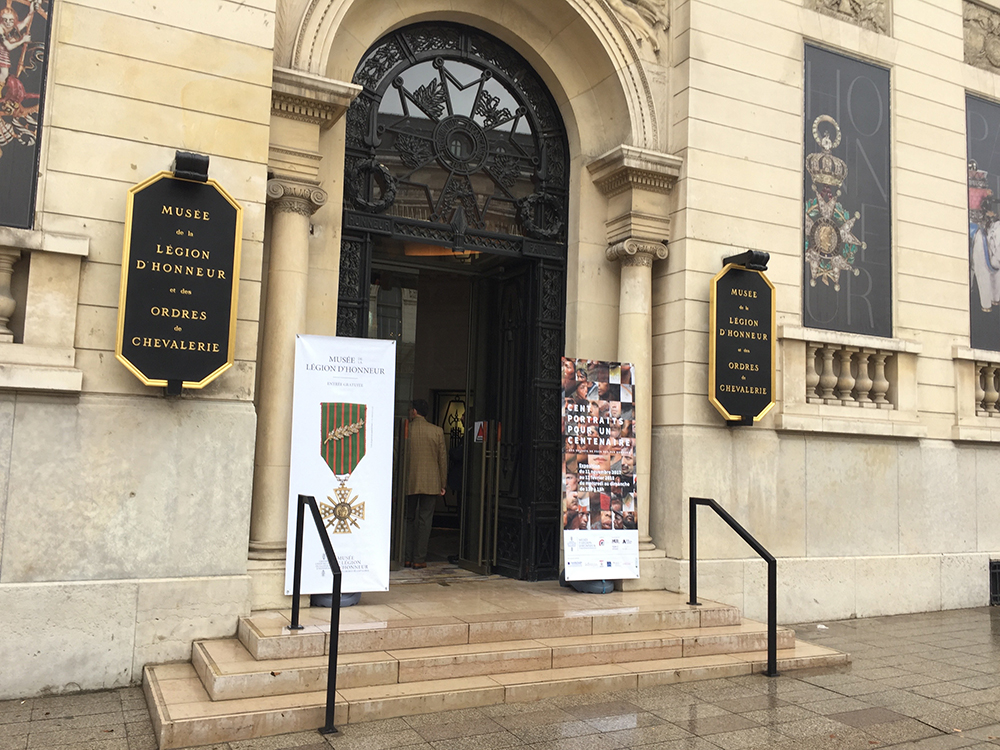
The exhibition entrance
Inside the exhibition.
I welcome comments and suggestions.
Email me at doug@eugene-burnand.com
